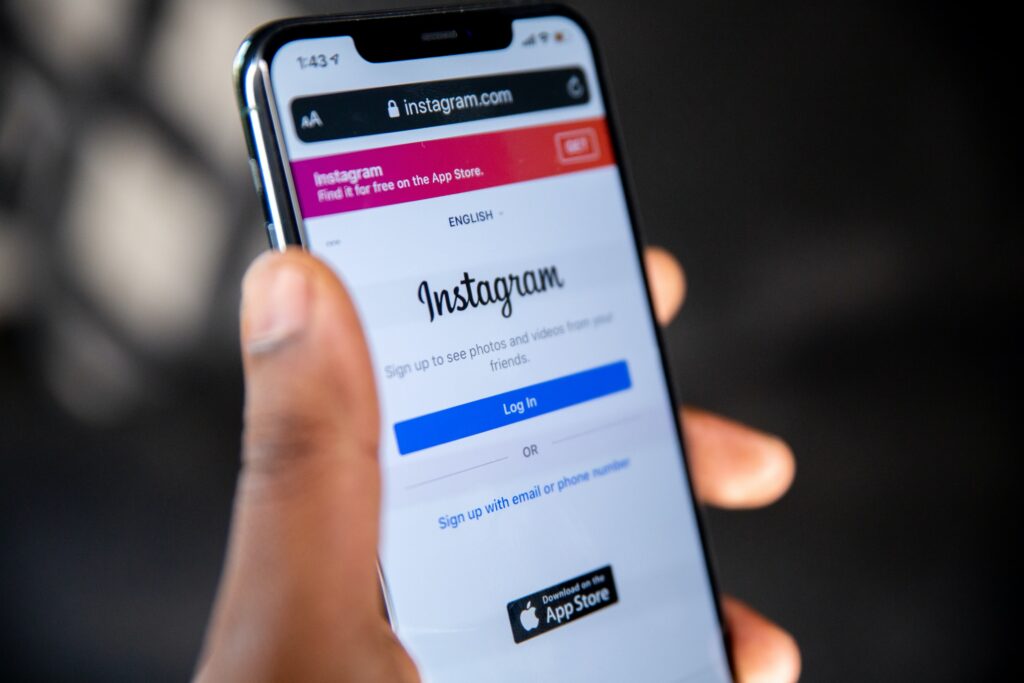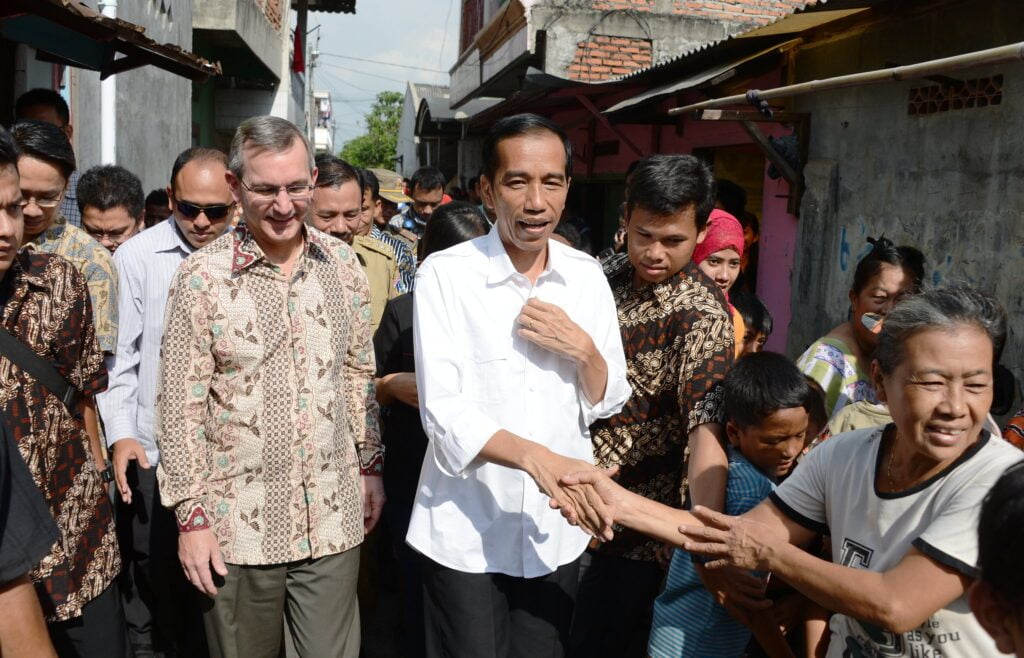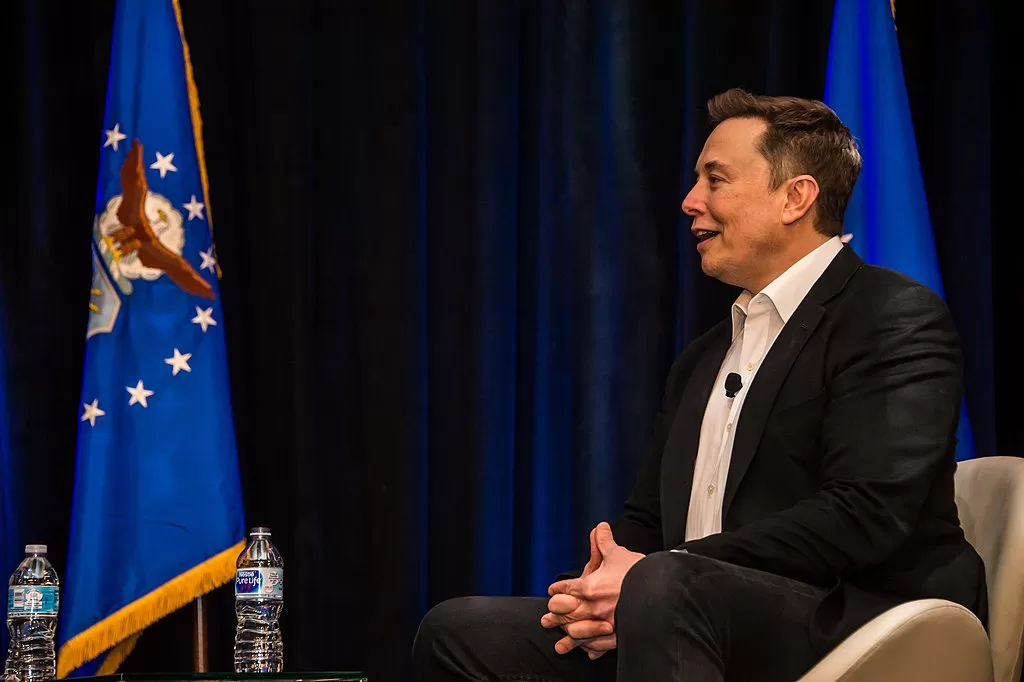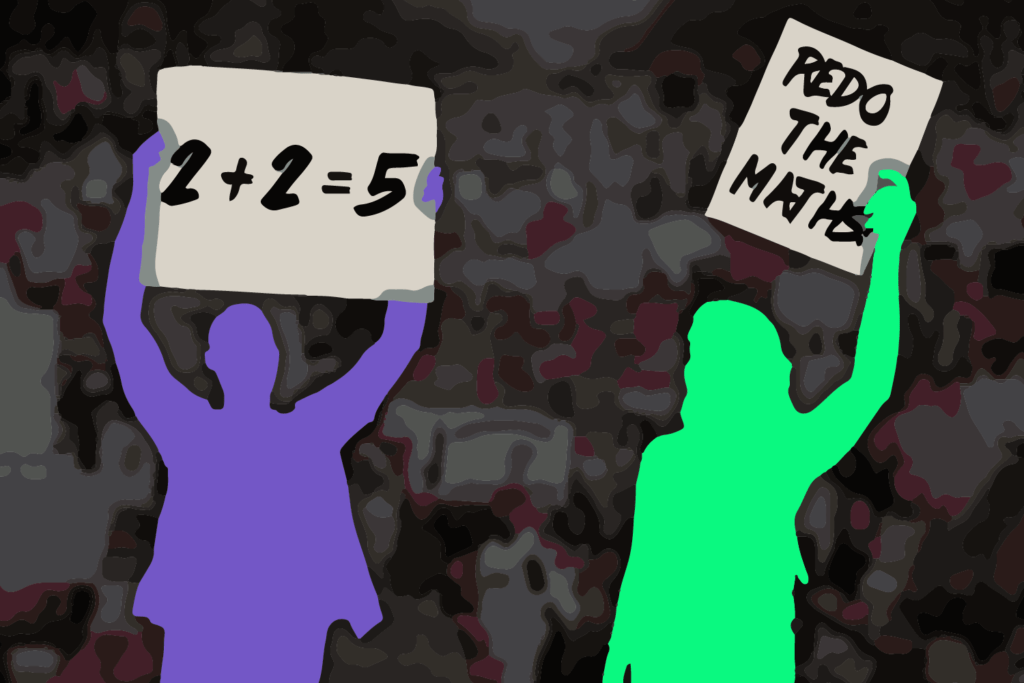Misinformation won’t go away, but media literacy can help fight it
Misinformation won’t disappear, but teaching the community to spot it can strip the falsehoods of their power.
 Australians young and old have low confidence in their media literacy, but there are education options that could alleviate the issue. (Allison Shelley, All4Ed, Flickr) : Allison Shelley for All4Ed CC BY-NC 4.0
Australians young and old have low confidence in their media literacy, but there are education options that could alleviate the issue. (Allison Shelley, All4Ed, Flickr) : Allison Shelley for All4Ed CC BY-NC 4.0
Misinformation won’t disappear, but teaching the community to spot it can strip the falsehoods of their power.
By Tanya Notley, Western Sydney University
The spread of misinformation has had very real consequences during the pandemic — myths about vaccines and false claims about the virus have undermined public health orders, increased risk of disease and divided families.
Despite attempts to suppress its spread, misleading information is rife: 59 percent of the 2,034 Australians in a 2021 survey had encountered misinformation in the week prior.
And Australians don’t feel equipped to deal with it — although 74 percent of the 3,510 adults in a different survey feel that the online spread of misinformation needs to be addressed, fewer than four in ten are confident in their ability to check whether information they find online is true.
Young Australians face the same struggle. Only one in three of 1,069 children aged 8-16 surveyed believe they know how to tell false and misleading news apart from trustworthy, factual news.
This problem often feels intractable but improving people’s media literacy can help. Media literacy refers to the knowledge and skills that people need to think critically about how media work, how they represent the world, and how they are produced and used.
Developing a higher level of media literacy increases people’s ability to detect misinformation by stimulating their critical thinking, boosting their knowledge of how media industries work and by informing their decision making.
A fully media literate citizen will be aware of the many ways they can use media to participate in society. They will know how media are created, funded, regulated, and distributed and they will understand their rights and responsibilities in relation to data and privacy.
In Australia, the Digital Platforms Inquiry made recommendations for government action on media literacy in 2017. Nearly five years later, the federal government is yet to implement any significant media literacy policies and programs. This follows the trend of many administrations around the world.
Finland is one notable exception, where a national media education policy is supported across government departments. Finnish policies have also been enabled by high quality-learning resources and collaboration between national public cultural institutions, educators, media companies, community-based organisations, NGOs and public sector bodies.
In most countries though, media literacy efforts are instead being led and implemented by libraries, public and community broadcasters, schools and civil society organisations. Some of these efforts have been well evaluated and have been shown to support learners to identify and avoid misinformation,
In the United States, the free and open Stanford Civic Online Reasoning Course (COR) was developed in response to a large study that found most high school students were unable to distinguish advertisements from news stories, nor could they identify false and misleading misinformation published by parties with vested interests.
The COR course was designed by observing the practices of professional fact-checkers. Learners are encouraged to ask three critical questions when they encounter information online: who is behind this information, what is the evidence being presented to me and what do other sources say.
A number of evaluations show that the COR course is effective: it helps students to apply critical thinking to information so they can make more informed decisions about who and what to trust online.
The IREX Learn to Discern project, originally designed to address state-sponsored disinformation campaigns in the Ukraine, has been implemented in many countries. It focuses on developing critical-thinking skills and abilities to help citizen’s discern manipulative content from trustworthy information.
The course has been customised for use with different audiences and implemented in schools, libraries and community centres. One evaluation of the course run with Ukranian adults found that people who had taken the course were more likely to demonstrate sophisticated knowledge of the news media industry and were better at identifying a fake news story. The researchers found this effect still held more than a year after people had completed the program.
Individuals seeking to develop their basic media literacy skills can access a range of free, online courses. Many media literacy courses are often built on a key concepts model that helps to frame the kinds of questions that should be asked.
The Australian Media Literacy Alliance key concept framework encourages learners to ask critical questions and supports educators to adapt questions depending on the context. To help them to identify false and misleading information, learners should be encouraged to ask:
- Can I verify the legitimacy of the people or institutions that made this information, and why they made it?
- Is this information accurate and fair or is it false or misleading?
- Is the information intended to persuade a specific audience and if so, why?
- What kinds of language is used to present the information: is there evidence of bias, sensationalist language, or techniques of persuasion?
- How does this information make me feel and why? Can I put my emotions to one side to consider the claims being made and the facts being presented to me?
- How might this information be used to create, challenge or fracture relationships between different people and/or institutions?
These kinds of questions can then be embedded within learning activities which can be designed to be creative, fun, interactive and memorable for the audience they seek to engage.
Beyond critical questions, there are a range of technical skills that will help people to identify manipulated or fabricated images – these are often used as part of disinformation campaigns to grab people’s attention.
Misinformation is not going away and facing this challenge is complicated. Developing the media literacy of both children and adults is one way to push back against the problem, and build a sustainable future for a global information and media ecosystem.
Tanya Notley is Associate Professor of Media at Western Sydney University and Deputy Chair of the Australian Media Literacy Alliance (AMLA).
Dr Notley discloses that an aim of the AMLA is to develop and promote a government-endorsed national media literacy strategy for Australia.
The survey referring to the media literacy of Australian adults referenced in the article was part of a project that received funding from the National Association for Media Literacy Education (NAMLE), located in the United States, who used a grant they received from Facebook.
The survey referring to the media literacy of young Australians referenced in the article received funding from Google Australia and the Museum of Australian Democracy.
This article was first published on February 14, 2022.
Originally published under Creative Commons by 360info™.














